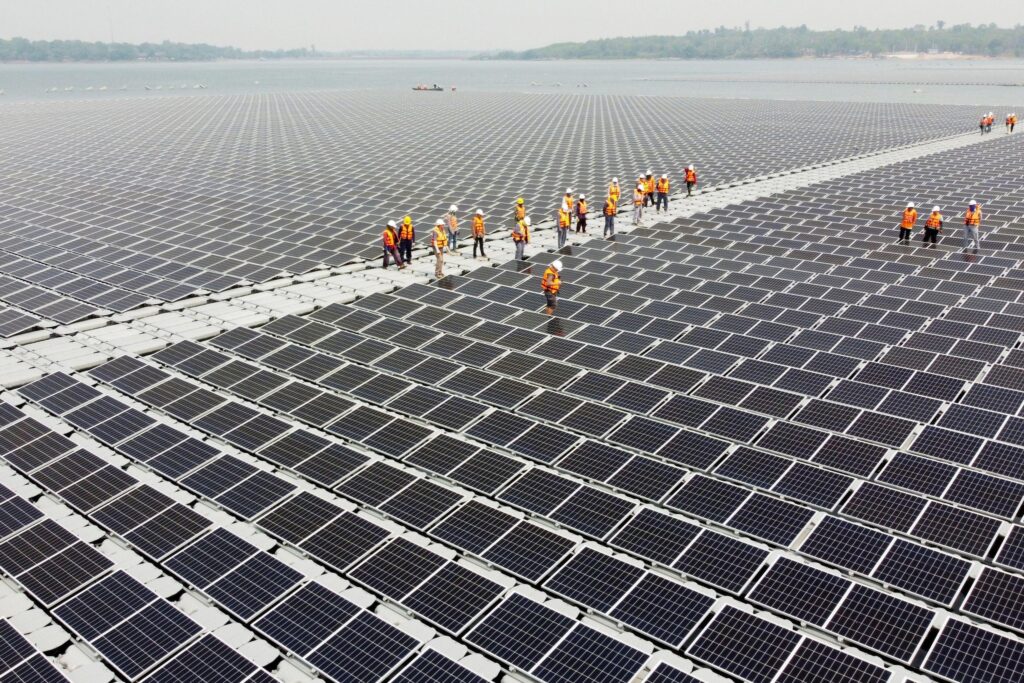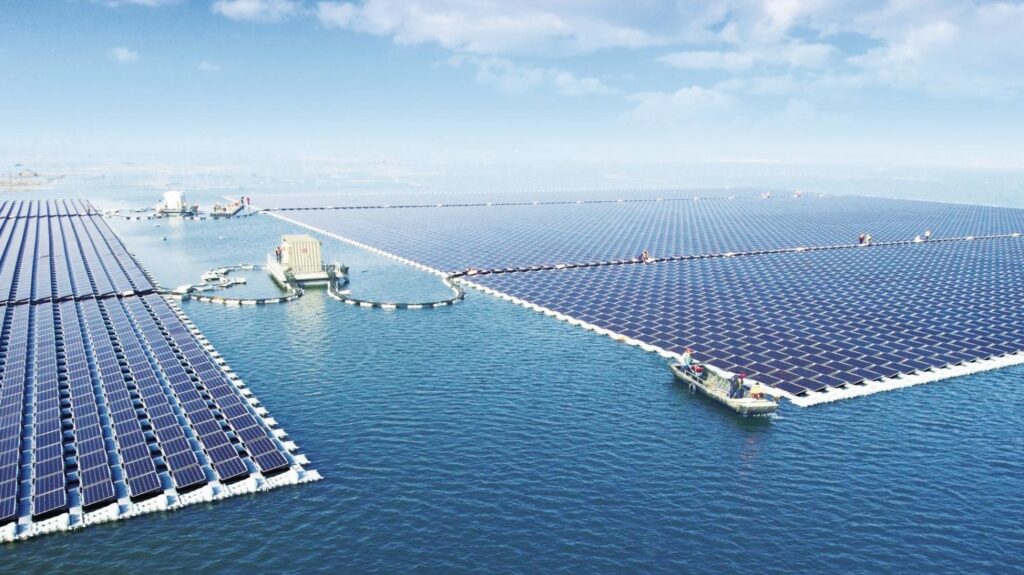China, with its sizable economy and propensity for launching massive infrastructure projects quickly, has recently finished an ambitious project that combines solar and hydro-solar power production at a high altitude. This comes as nations all over the world have set ecological targets to lower carbon emissions and achieve carbon neutrality by 2050.
The Design and Research Institute of PowerChina Chengdu conceptualized the Kela photovoltaic (PV) power station in 2016, with construction set to begin in July of that year.
According to The Global Times, PowerChina Chengdu is in charge of one-third of the project’s mapping, layout, purchasing, development, commissioning, grid connection, and electricity generation.
The newly constructed hydro-solar power plant, which is reportedly the largest of its type anywhere in the world, began full operations on Sunday after overcoming the difficulties of construction at high elevations with low oxygen levels.
The Yalong River Basin in the Tibetan Autonomous Prefecture of Garze in the Sichuan Province of southwest China is where the PV power facility is situated.

Constructing a hydro-solar power power plant
A government-run international news channel The Lianghekou Hydropower Station on the Yalong River began operations in March. It is China’s first phase, according to CGTN, and it includes the electric station project.
For a hydro-solar power system, the Kela photovoltaic PV power station is unique in that it has an installed capacity scale of one million kilowatts.
According to Liu Xun, a journalist for CGTN, “Electricity produced by Kela photovoltaic will be interconnected to the Lianghekou and then incorporated into the power grid with an overall installed capacity of three million kilowatts.”
The power plant can also fully charge 15,000 electric cars with a 550-kilometer range in only one hour. Additionally, it has a yearly generation capacity of nearly two billion kilowatt-hours (kWh), which enables it to meet the energy demands of almost 700,000 families.

Influence of hydro-solar power on the environment
The equivalent of 600,000 tonnes of standard coal will be saved, according to Yang Zhiwei, project manager at PowerChina Chengdu, who told China Media Group (CMG), “This will reduce carbon dioxide emissions by more than 1.6 million tonnes.”
When solar panels were the only source of energy, the amount of energy produced would vary depending on the weather. However, the hydroelectric component aids in controlling the unpredictability of electricity production.
Hydropower and solar energy together help keep the supply in balance. As a consequence, it offers consistency in producing high-quality and clean energy throughout the year despite changes in weather.
According to the project’s lead design engineer Wu Di, integrating hydro-solar power was thought to be an efficient approach to increase the project’s stability because the instabilities, fluctuation, and irregularity of PV power generation had an influence on the electrical grid.
In terms of civil engineering, the power plant has 527,000 photovoltaic foundation piles placed in all, and the PV powerhouse is made of roughly 50,000 tonnes of steel.
According to CGTN, the initiative aims to support the growth of a number of businesses in the neighboring ethnic minority regions, including agriculture, animal husbandry, tourism, and transportation.

READ ALSO – Chinese Surveillance Balloons Have Been Observed Over Asia
Flying balloons, thought to be Chinese surveillance balloons, were reportedly sighted over Asia months after being discovered and shot down over the US east coast, according to a BBC investigation.


